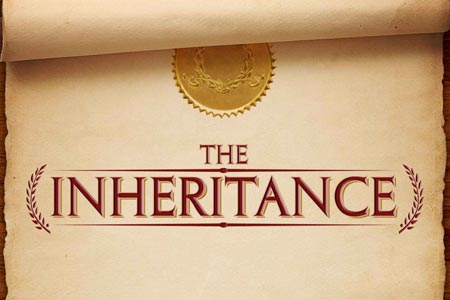The Australian people hold $3.5 trillion in superannuation. The number is so large it is hard to fathom, but so many Australians have not taken steps to protect their money passing to the next generation.
When a person passes away, they often leave behind life insurance and sums of money in their superannuation fund and wish for this to be distributed to family members or trusted friends, if applicable. However, unlike other assets, super does not typically pass pursuant to a will. Rather, this money is distributed in accordance with the binding death benefit nomination or at the discretion of the super funds trustee. Without taking necessary precautions, it’s possible that a deceased person’s superannuation may be taken and dispensed contrary to their wishes.
How can someone protect their hard-earned superannuation and ensure it is given to the right people upon their death? A Binding Death Benefit Nomination is the best way.
What is a Binding Death Benefit Nomination (BDBN)?
A BDBN is a written direction from a member to their superannuation trustee setting out how they wish their superannuation death benefits to be distributed. The nomination is typically valid for a period of three years unless the member has a non-lapsing nomination. If the BDBN is lapsing and it is not renewed after the three-year period, then the BDBN will lapse and the decision will lie upon the trustee. Importantly, if the nomination is valid at the time of the member’s death, the trustee is bound by law to follow it. This therefore protects the member’s wishes.
How is a Binding Death Benefit Nomination different to a Non-Binding Nomination (NBN)?
Unfortunately, many people are unaware of the differences between a BDBN and NBN. Due to this, many people often don’t make a BDBN and can be left with unfavourable consequences.
A NBN can be distinguished from a BDBN because it’s a non-binding direction that intends to inform the super’s trustee of the deceased’s wishes, however, it doesn’t bind them to follow it. With a NBN, the trustee can weigh the deceased’s wishes against other variables, such as the potential entitlements of each family member and also with regards to the particular vulnerabilities or circumstances of the beneficiaries. Due to this, the express wishes of the deceased are not always upheld.
On the other hand, a BDBN is binding on the superannuation trustee and therefore offers a more robust protection of the deceased’s wishes.
How to validly make a Binding Death Benefit Nomination?
It is vital that a person wishing to make a BDBN does so in a legally binding way. A BDBN is only legally binding when it’s in writing on the superfund’s nomination form, dated, signed and witnessed by two people over the age of eighteen. The BDBN form then has to be received and accepted by the trustee of the super fund as it must be completed correctly with a valid nomination.
In addition to the necessary formalities, the Superannuation Industry (Supervision) Act 1993 (“SIS Act”) states that only dependants of the deceased person are eligible to inherit their death benefits. Typically, ‘dependants’ comprises a child, de facto partner or spouse of the deceased, or anyone in an interdependent relationship with the deceased. ‘Interdependence’ can be understood as two people who live together and have a close personal relationship, where one or each of them provides the other with financial, domestic and personal support.
Another option is to nominate your legal personal representative which is also known as your estate. If the proceeds come into the estate then they may be dealt with by way of your Will, however it is important to note that bringing super proceeds into the estate may not always be the best option if the estate is at risk of being contested or the deceased is insolvent.
Binding Death Benefit Notifications and Self-Managed Super Funds (SMSF)
A SMSF is a private super fund that is solely managed by the member for their own benefit. When a SMSF member dies, the SMSF generally pays a death benefit to a dependant or another beneficiary of the deceased, depending on the SMSF Trust Deed the SIS Act and any BDBN in place.
For SMSF members, much like pooled superannuation fund members, a BDBN requires the SMSF trustees to pay their death benefits to their nominated beneficiaries, if the SMSF Trust Deed allows for it. However, unlike pooled superannuation funds, and who will become the trustee of the SMSF upon their death is very important. The trustee of the SMSF is ultimately responsible for the operation of the fund, the decisions that must be made and paying the beneficiaries their entitlements, if any. Therefore, it is very important from a succession planning point of view to review a SMSF trust deed to see who the trustee is and what the deed allows to happen upon the death of the trustee and the member.
Lynn and Brown Lawyers encourage anyone who is contemplating making a Binding Death Benefit Nomination for their Superannuation or SMSF to get in touch with one of our experienced Lawyers to discuss the implications and ensure that any nomination is validly made. You can contact us through our website www.lynnandbrown.com.au or by calling 08 9930 5085.
About the Authors: This article has been co-authored by Ida D’Alonzo and Steven Brown. Ida obtained her Bachelor of Laws at Murdoch University in 2020, after graduating with a Bachelor of Criminology. Ida was admitted as a lawyer in 2022 and has worked in the Wills and Estates area since starting her career. Steven is a Perth lawyer and director, and has over 20 years’ experience in legal practice and practices in commercial law, dispute resolution and estate planning.












